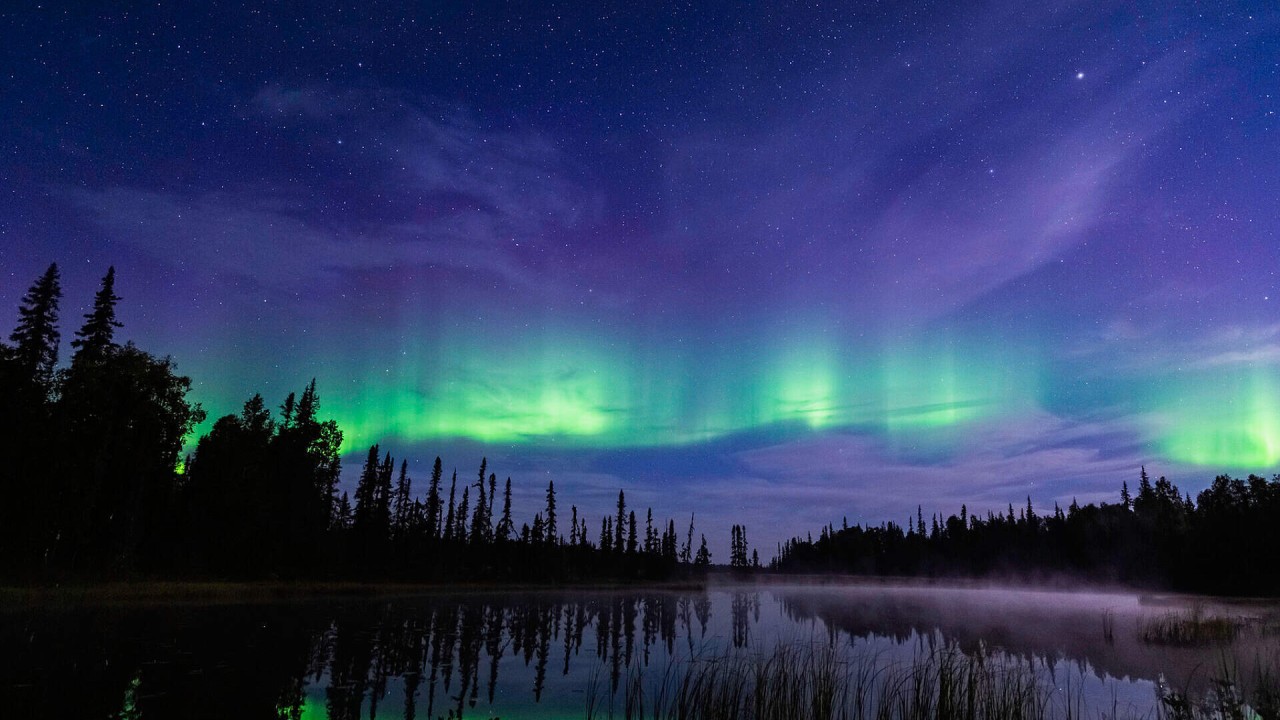
February 13, 2025
The Northern Lights: Nature’s Mesmerizing Light Show
In lighting design, we often draw inspiration from the most breathtaking displays of natural light—and few are as awe-inspiring as the northern lights. This celestial phenomenon demonstrates how light, in its interplay with atmosphere and energy, can evoke powerful emotions and create unforgettable visual experiences.
The northern lights result from charged solar particles interacting with Earth’s magnetic field and atmosphere. These collisions energize atmospheric gases, creating the aurora’s luminous glow. The colors depend on the type of gas and altitude, with green from oxygen at 60 miles, red from oxygen higher up, and nitrogen producing blue and purple hues.
This lights are most commonly visible in polar regions near the Arctic Circle. Popular destinations for witnessing this phenomenon include Norway’s Tromsø and the Lofoten Islands, Iceland’s open skies, Finland’s Lapland, Canada’s northern territories, and Alaska’s Denali National Park and Fairbanks. Winter months are ideal for viewing, as long nights and clear skies create optimal conditions.
Throughout history, the aurora borealis has held deep cultural significance. In Norse mythology, the lights were believed to be reflections of the Valkyries’ armor as they escorted fallen warriors to Valhalla. Indigenous groups in North America interpreted the lights as spirits dancing in the sky, while Finnish folklore imagined the aurora as sparks created by a fox’s tail brushing the snow. Each culture’s interpretation underscores humanity’s longstanding fascination with this celestial phenomenon.
The northern lights remind us that light, when thoughtfully orchestrated, transcends function to become a storyteller, revealing its profound ability to connect us to the wonders of nature, the shared heritage of humanity, and the emotions that make moments unforgettable.
